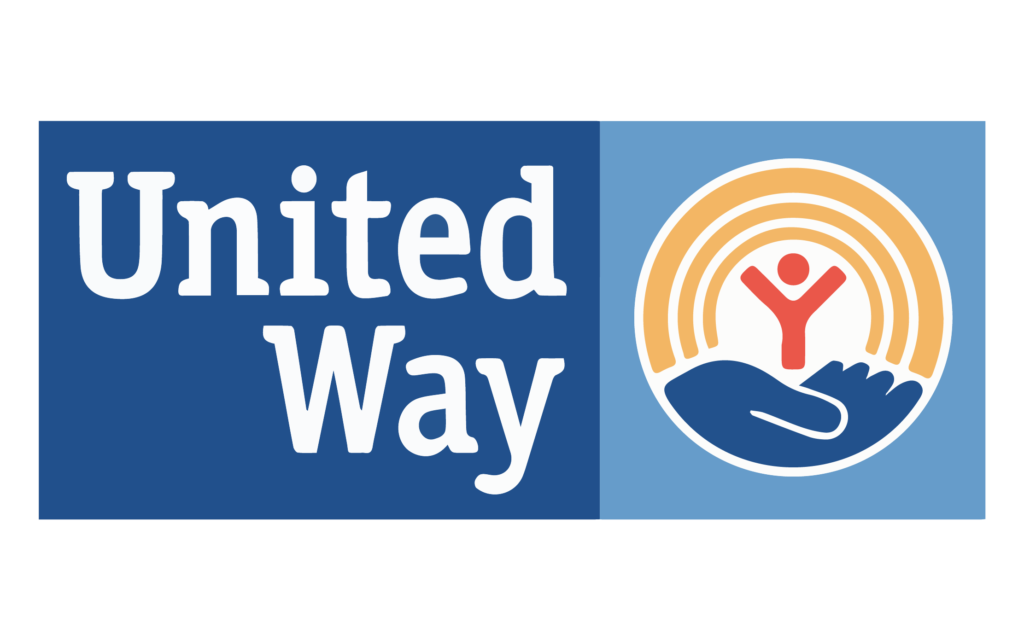He didn’t grab her off the street. He followed her on Instagram.
He replied to her story. Told her she was beautiful. That he got her. That she wasn’t like the other girls. That she deserved better.
She was 14. Smart. Loved. And lonely. He knew all of that by what she posted. It only took a few weeks before he asked her to send a photo. Then another. Then one she never thought she’d send.
By the time she realized what was happening, she felt too trapped to ask for help.
This wasn’t a movie plot. It was a trafficking case and it started on social media.
When a Trafficker Is Just a Click Away
Most people imagine trafficking as a physical crime. A kidnapping. A van. A foreign border.
But trafficking doesn’t always look like movement. And traffickers don’t need to break in. They just need a friend request.
In reality, social media is now the most common gateway traffickers use to access, groom, and exploit victims; especially children.
From Instagram to Snapchat, Discord to TikTok, traffickers use the same tools teens use to stay connected. And they are incredibly good at it.
What Is Online Grooming?
Online grooming is the process by which a predator builds emotional trust with a child to manipulate and exploit them.
It doesn’t look like force at first. It looks like friendship.
The Online Grooming Process
- Targeting: The trafficker finds a child through posts, hashtags, or friend lists
- Engagement: They build trust through flattery, shared interests, and fake intimacy
- Isolation: They push the child to keep the conversation secret
- Exploitation: They ask for photos, personal information, or to meet up
- Control: Once the child complies, they use shame or threats to escalate the abuse
The child may think they’re in love. That this person understands them. That they’re in control. But they’re not.
It’s calculated. It’s common. And it’s costing lives.
Who Are the Victims of Social Media Trafficking?
Anyone. That’s the answer.
The idea that only “certain kinds of kids” are at risk is a myth and a dangerous one.
We’ve worked with survivors who were:
- Straight-A students
- Athletes
- Teens from suburban neighborhoods
- Youth group members
- Kids in foster care
- LGBTQ+ youth
- Homeschooled children
The one thing they had in common? They were accessible. They were vulnerable. And someone was watching.
The New Normal for Predators
Predators don’t need to hang around malls anymore. They can scan hashtags and geotags. They can DM ten kids a day.
And unlike past generations, today’s children are growing up online, often with more digital access than digital safety.
Here’s what makes social media trafficking so effective:
Predators Know What Works
- They study behavior: They know which posts signal loneliness or instability
- They’re patient: Grooming can take weeks or months — they’re willing to wait
- They build fake identities: Posing as peers, mentors, or talent scouts
- They escalate slowly: Moving from compliments to control
- They stay anonymous: Apps allow for secrecy and multiple accounts
By the time a child realizes what’s happening, it’s not a stranger. It’s someone they believe they love.
What Platforms Are Being Used?
According to federal case data and survivor reports, these platforms are most commonly used by traffickers:
- Snapchat
- TikTok
- Facebook Messenger
- Discord
- Kik
- Online games like Fortnite, Roblox, Minecraft
These platforms allow predators to message privately, share disappearing content, or send payment, all within a single app.
Why Kids Don’t Tell
Even when kids feel uncomfortable, they often stay quiet. Here’s why:
- They think they’re in a relationship
- They feel embarrassed or ashamed
- They don’t want to lose phone privileges
- They’re being blackmailed
- They don’t understand it’s trafficking
- They’re afraid no one will believe them
This silence is exactly what predators count on. That’s why we can’t wait for red flags to appear. We have to start the conversation first.
How to Spot the Signs of Online Grooming
Behavioral Red Flags
- Sudden changes in mood, appearance, or friend group
- Secretive behavior around devices
- Gifts, money, or items they can’t explain
- Talking about a new older “friend” or “boyfriend”
- Skipping school or activities
- Emotional reactivity when asked about phone use
Digital Red Flags
- Constant messaging from one person
- Use of multiple or hidden apps
- Refusing to share passwords with parents
- Hiding or deleting conversations
- Following accounts that seem inappropriate for their age
If you notice several of these, trust your gut. Ask questions with empathy, not accusation.
Six Steps to Keep Your Kids Safe Online
You don’t need to know every new app. But you do need to stay connected.
Steps You Can Take Today
- Talk about it early: Normalize conversations about online safety and manipulation.
- Keep screens out of bedrooms at night: Set boundaries around when and where devices are used.
- Know the apps: Be aware of which apps allow messaging and disappearing content.
- Ask to follow them: Engage with their content. Stay involved without invading.
- Reinforce trust: Let them know they can come to you no matter what.
- Take the OnWatch™ training: Our free, survivor-informed training helps you recognize the signs others miss.
Additional Section 1: How Online Games Have Become a Recruitment Zone
Social media isn’t the only risk. Gaming platforms have become active recruitment channels.
Apps like Fortnite, Roblox, Minecraft, and VRChat are popular with kids and traffickers know it.
What Makes Gaming Risky
- Voice chat and messaging
- Lack of parental oversight
- Anonymity through avatars
- Children playing unsupervised for hours
Grooming often starts with compliments, offers of in-game currency, or adult players “mentoring” younger ones. From there, it moves into deeper conversations and off-platform chats.
Additional Section 2: What Educators, Coaches, and Faith Leaders Should Know
You may be the first adult to notice something is wrong.
Educators, mentors, coaches, and church leaders are in a unique position to observe changes in students’ behavior.
Warning Signs to Look For
- Falling grades or absenteeism
- Dramatic personality changes
- Emotional outbursts or withdrawal
- References to an older “friend”
- Unexplained gifts, devices, or money
If something feels off, it probably is. Report concerns. Connect with families. Learn the signs of trafficking and online grooming.
Additional Section 3: Racial and Gender Gaps in Identification
Research shows that male victims of social media trafficking are less likely to be identified and helped.
Harmful myths like “boys aren’t trafficked” or “that kid’s just acting out” mean that thousands of victims are overlooked every year.
Safe House Project is committed to training professionals and communities to overcome these biases. Every child deserves to be seen.
Additional Section 4: How You Talk About This Matters
When kids hear silence from the adults in their lives, they fill in the blanks themselves.
Say This:
- “You can tell me anything.”
- “Real love never asks you to keep secrets.”
- “If someone makes you uncomfortable online, I’ll never blame you.”
- “Even if you made a mistake, you are not alone.”
Avoid Saying:
- “I thought you were smarter than that.”
- “That would never happen to you.”
- “Only girls get trafficked.”
- “Just block them.”
Kids need honesty. Not fear-based lectures. But safety through connection.
What You Can Do Today
- Get trained with OnWatch™ — our free, one-hour program that helps you identify and respond to trafficking in your community.
- Donate to help place survivors in safe housing.
- Share this blog with a parent, teacher, coach, or student.
When you know the signs, you can stop the cycle.
Conclusion: The New Face of Trafficking Is Digital
The trafficker isn’t hiding in the bushes. He’s waiting in a friend request. A DM. A game invite.
If we keep waiting until trafficking looks obvious, we’ll keep missing it.
But when we act early, with information, training, and compassion, we shift the odds.
Let’s stop imagining trafficking as something distant. It’s happening here. On the platforms our kids use every day.
It’s not too late to make social media safer. But we have to start now.









